Picture this: It’s a chilly evening, and amid the bustle of the city, your car suddenly sputters to a halt. The culprit? A faulty alternator. Mired in uncertainty, you can’t help but wonder, ‘how long does it take to replace an alternator?’ Welcome to your quick guide on the duration and process of alternator replacement.
As a seasoned mechanic with an ASE certification, I’ve had my fair share of interactions with this crucial car component – the alternator. With flying sparks and whirring components, alternator replacements have become second nature to me. But what may seem like a smooth process to an expert might seem perplexing to beginners. That’s where I come in. This article aims to break down the alternator replacement time and process, transforming a complex task into a manageable one.
The argument would be that replacing an alternator doesn’t have to be a drawn-out process. While the timing can vary, a surprising number of these replacements are completed within a few hours. Intrigued? Let’s dive deeper into the world of alternator replacements.
Whether you’re a DIY fanatic looking to save a few bucks, or a curious car owner seeking understanding, this guide has got you covered. Together, we’ll navigate the mechanics of an alternator’s lifespan, acknowledge the signs of failure, understand the professional’s process or the DIY method, and unravel the mystery behind the alternator replacement time.
So buckle up, rev your engines and let’s hit the road to understanding the duration and process of replacing an alternator. Here’s everything you need to know.
What is An Alternator?
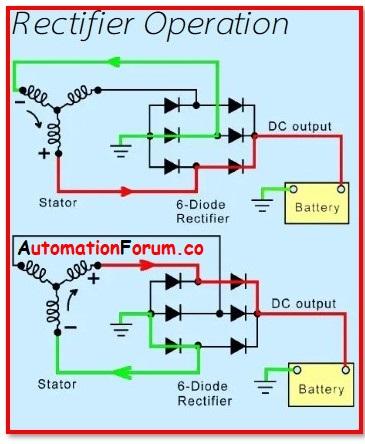
As the Car Coach, one common question I get asked is about the function of an alternator. By the end of this chapter, I’ll have answered that for you. Let’s dive right into it. An alternator is a pivotal piece of machinery in your car’s mechanics. Its central function is essentially to serve as a generator. While your car is running, the alternator takes the mechanical energy produced by the engine and converts it into electrical energy, which it then feeds back into your automobile’s system.
Now here’s the really fascinating part. Did you know that without an alternator, your car battery wouldn’t last an hour of driving? That’s right. The alternator doesn’t just generate electrical energy; it also has the critical job of maintaining your car’s battery by recharging it while the vehicle is running. Without this constant influx of power, your car battery would rapidly drain, leaving you stranded by the side of the road.
A significant part of car maintenance involves keeping this essential component in top working condition. The concept of alternator replacement often crops up during my discussions with car enthusiasts and everyday drivers alike. Many people are surprised to learn how much rides on this often-overlooked device, and even more so when they realize the necessity of regular check-ups and, when needed, replacement.
Throughout my career in car maintenance, I’ve gained a deep appreciation for the alternator’s role. As a professional, understanding the intricacies of this little device has allowed me to effectively diagnose numerous breakdowns and prevent countless roadside disasters. Just a small shift in the function of an alternator can lead to severe consequences for a vehicle, hence the importance of monitoring its state.
For me, there’s a certain satisfaction in maintaining and replacing an alternator, knowing that my labor is directly contributing to the durability and longevity of a car. It’s a small but vital piece of engineering brilliance that plays a vital role in keeping our roads crowded and our drivers happy. And while it might be hidden under the hood, away from the glory of some car’s glamour components, it’s earned its place as one of my favorite parts to work with during my long journey in car maintenance.
The rest of this article will further delve into the inner workings of an alternator. From detailing why an alternator might need replacement to how to carry out this intricately technical process, either yourself or with the aid of a professional, I will be your guide. Keep reading to gain a more in-depth understanding of this all-important device that keeps your car’s functionality in a state of optimal performance. So, strap up and get ready for a fun educational tour under the hood of your car.
Why Does an alternator need replacement
Effects of a faulty alternator
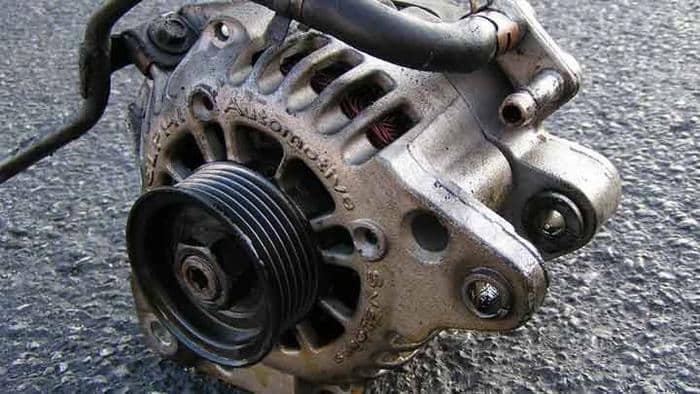
Having experienced several instances of alternator damage as an automotive expert, I am acutely aware of the chaos a faulty alternator can inflict on a vehicle. The section coming up is a deep dive into this issue, shedding light on why an alternator often needs a replacement.
Firstly, let’s understand the role of an alternator. It charges your car battery and fuels the electrical system while your vehicle is running. A disrupted alternator, then, can lead straight to battery failure, dimmed headlights, or even a stalling engine – increasingly so with continued vehicle use. In addition, the regular functionality of the radio, air conditioning, and power windows could also suffer. Thus, it’s not just about being left stranded midway during a drive; the friction could essentially disrupt your vehicle’s holistic mechanical harmony.
The adage “a stitch in time, saves nine” is particularly true with alternators. Early detection and replacement can save you expensive and time-consuming full-system repairs later. This takes me to the often-asked question around vehicle alternator repair duration. While the repair duration could depend on the make of the vehicle and severity of the fault, typically it would take around two hours to replace an alternator. If the damage is substantial, this duration could extend. Bear in mind that damage beyond the alternator, caused due to delayed replacement, would add to this time.
In summary, a faulty alternator could cause overall vehicle performance attrition, and delaying its replacement might lead to more serious damage. Remember, timely action is crucial to prevent additional damage and potential roadside emergencies. Therefore, understanding alternator replacement and its duration is crucial in vehicle maintenance.
Moving on, we will look closely at how to replace an alternator – including the steps you can perform on your own and when it might be more sensible to engage professional service. The information to follow will further ensure you’re better equipped to ensure your vehicle’s sustained health.
How to Replace an Alternator?
DIY Alternator Replacement Guide
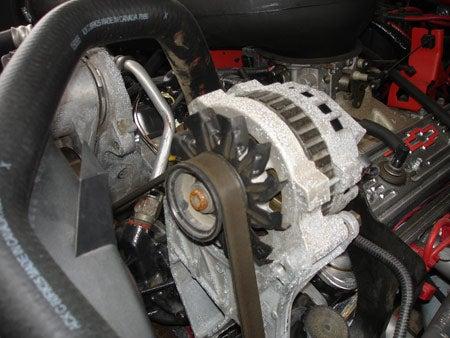
Having discussed the basics of an alternator, let me guide you through the hands-on part in the form of a DIY alternator replacement procedure. If you’re inclined to get your hands dirty, replacing an alternator at home is not as daunting as it seems. Just grab your toolbox and get ready to flex those mechanical muscles of yours.
Step 1: Begin by disconnecting the battery cables. You wouldn’t want a shock, would you? Safety is paramount. Next, locate your alternator. It typically sits near the top of the engine, driven by your car’s serpentine belt.
Step 2: Disconnect the alternator wiring. There are usually two connections, so do remember to remove both.
Step 3: Unbolt the alternator from its bracket. This step can be a bit tricky. Patience is key here. The bolts are often tightened to the vehicle manufacturer specification, which means they might need a little persuasion to come loose.
Step 4: Now, pull out the old alternator and compare it to the new one. They should match in size and configuration. If everything’s okay, place the new alternator in the bracket and bolt it back in place. A snug yet not overly tight fit is what we are aiming for.
Step 5: Last, but not least, reconnect the alternator wiring. Hook the battery back up, start your car, and voila! You have successfully done a DIY alternator replacement.
While the procedure is fairly straightforward, remember that every car is unique and subtle differences exist. Always refer back to the car manual if unsure. It’s always satisfying to tackle a DIY task nicely and efficiently. However, if there’s any hesitance on your part, don’t shy away from seeking professional help.
Embracing the DIY ethos, you haven’t just saved on garage costs, but have also greatly contributed to your car maintenance skills. The hands-on approach can be therapeutic and gives a sense of accomplishment, wouldn’t you agree?
Next, let’s delve into what a professional mechanic’s alternator replacement process entails to appreciate the complexities involved in this process.
Professional Mechanic Service Process
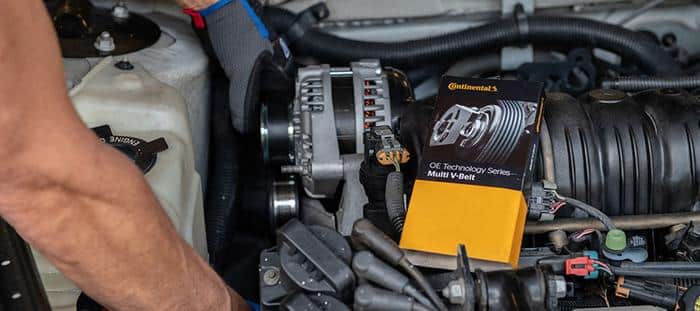
Building from the previous sections, trust me when I say, as someone with decades of experience in the automotive industry, sometimes it’s better to allow professionals to take over. So, let’s delve into the professional mechanic service process for alternator replacement.
Now, mechanic time for alternator replacement can vary based on the model and make of your vehicle. On average though, you can expect the process to take around 2-3 hours. It may take longer depending on the complexity of the vehicle’s design or unforeseen issues that may arise. Remember, these professionals take pride in their service, not rushing tasks but rather ensuring everything is done correctly, efficiently, and safely.
The process starts with the mechanic conducting a comprehensive inspection of your vehicle’s charging system to validate the diagnosis. You see, an alternator doesn’t work in isolation; it is part of the nexus that includes the battery, voltage regulator, and a network of wires. So, a thorough inspection is crucial to ensure the problem resides in the alternator and not elsewhere.
Post-confirmation, they disconnect the battery, an important safety step to prevent electric shocks. Following this, they carefully remove the drive belts blocking the alternator. Once the belts are removed, they disconnect the wiring attached to the back of the alternator.
The alternator is then carefully extracted and then replaced with a new one. The mechanic will then reinstall everything in the reverse order of their disassembly. The new alternator gets hooked up with the wiring, the drive belts are replaced, and finally, they reconnect the battery.
The process doesn’t end here. The mechanic will run a series of tests to ensure the new alternator is charging the battery correctly and ensure there is no issue with the overall charging system. Sure, while you could attempt this process yourself, but consider this; seasoned mechanics have the right mix of diagnostic tools, knowledge, and experience to identify and rectify any incidentals swiftly, ensuring your vehicle’s longevity.
Remember, working under the hood of a car demands expertise and precision, any misstep can lead to further complications. In the grand scheme of things, the cost of hiring a professional for alternator replacement is an investment in your car’s performance and durability.
To wrap it up, my years in the automotive industry have taught me that vehicles perform optimally when entrusted to professional care for delicate tasks like alternator replacement. So, let’s move on to ‘When to Replace an Alternator?’ to help you spot the warning signs well in advance.
When to Replace an Alternator
Signs of a Failing Alternator
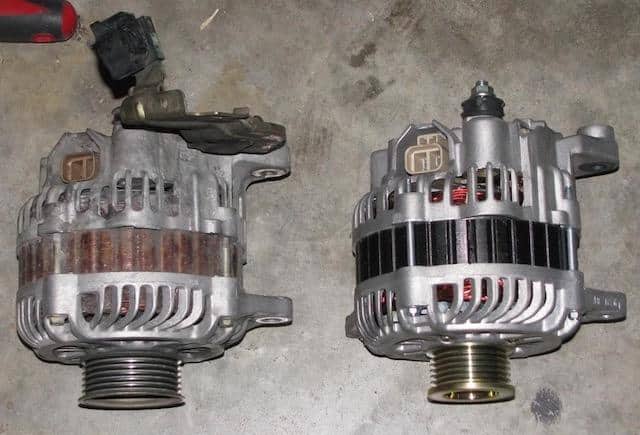
One of the subjects that I’ve grown intimately informed about, due to my personal and professional experiences, is recognizing the early signs of a failing alternator. From unusual noise to dimming lights, nuances in your vehicle’s performance may point to a deteriorating alternator. These signs are incredibly valuable to consider in the vehicle alternator repair duration and mustn’t be overlooked.
Perhaps one of the most apparent symptoms is your vehicle’s dashboard warning light illuminating. Usually represented by an image of a battery, it might not explicitly indicate a failing alternator but is unquestionably a call for a thorough check-up. Another conspicuous sign would be flickering headlights. As the alternator supplies power to your car’s electrical systems, weakened lights may mean it’s failing to deliver optimally.
Next, a malfunctioning alternator could also make your engine difficult to start or cause it to stall. The alternator aids in sparking the mix of fuel and air in your engine’s cylinders, and issues with it could lead to a poorly performing or stuttering engine. More subtle but still significant, you may notice your electrical components like power windows, digital displays, and radio performing lethargically.
Being able to catch these signs early can indeed contribute significantly to decreasing the vehicle alternator repair duration. More importantly, it may prevent possible strain on other car parts or dangerous situations on the road. Therefore, vigilance in assessing your car’s health and reactivity in seeking professional assistance not only contributes to ‘When to Replace an Alternator’, it is paramount for safe and smooth sailing drives.
FAQs
What is an alternator?
How long does it take to replace an alternator?
What is the process of replacing an alternator?
When should the alternator be replaced?
Conclusion
Throughout decades of hands-on experience, I’ve substantiated the truth in the adage “knowledge is power”. Thus, by acquiring comprehension of the alternator replacement process, you grip the reins of the decision-making process, empowering yourself to make informed decisions.
The alternator is a crucial component within your vehicle, and understanding its function helps to recognize its importance. It’s responsible for supplying electrical power to your car’s various devices, and so a faulty alternator can lead to a total break down if overlooked.
Recognizing when and why an alternator needs replacement is equally vital. You must be aware of the signs of a failing alternator, such as flickering headlights or difficulty starting your car. These red flags could signal the needs for a quick alternator replacement process.
While some might opt for a DIY approach to replace an alternator, this may not be an option for everyone. The process involves understanding your car’s electrical system, removing and replacing parts, which can prove intricate for car owners without mechanical expertise. For those individuals, professional mechanic services offer an alternative solution – albeit often carrying additional costs.
In conclusion, gaining insight into the process of alternator replacement arms you with the knowledge to discern your best course of action. Whether you opt for a DIY solution or professional assistance, understanding every factor of the matter enables you to take ownership of your decisions and maintain your vehicle’s health.
Just remember, knowledge is power – it truly is the key to a successful alternator replacement. By understanding the signs and symptoms of failure, opting for timely replacement, and assuring a correct installation process, you navigate the road to an efficient, uninterrupted driving experience.